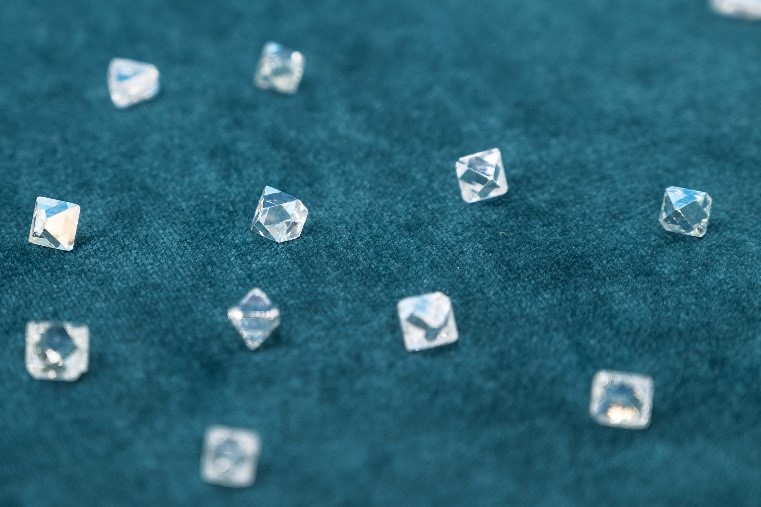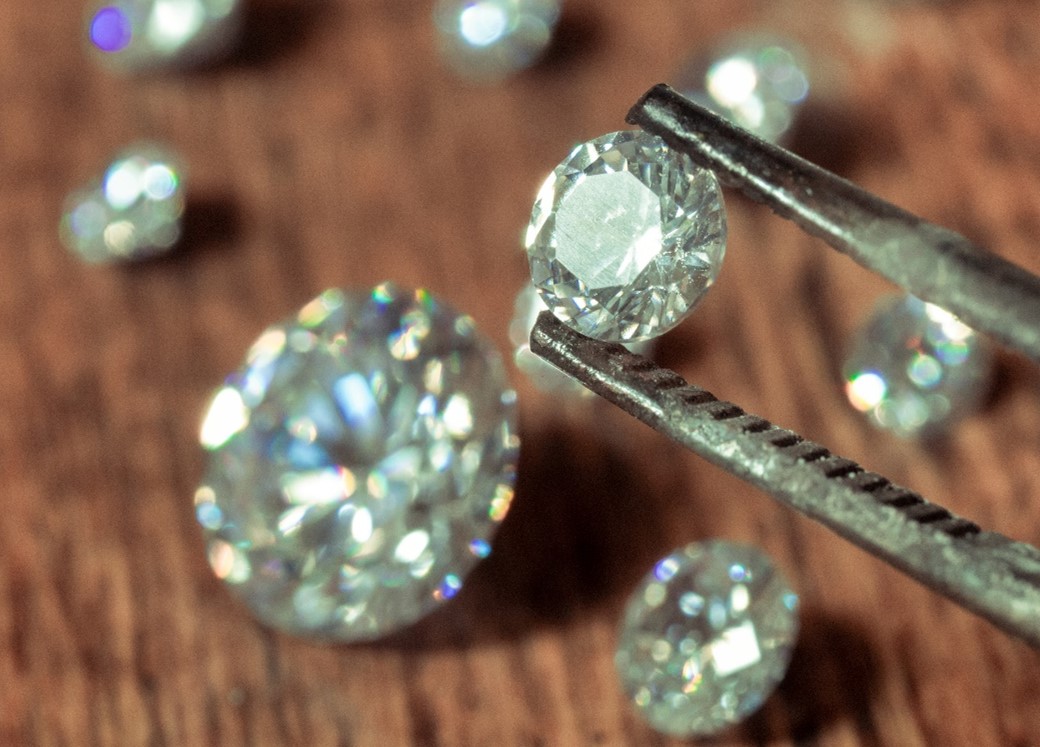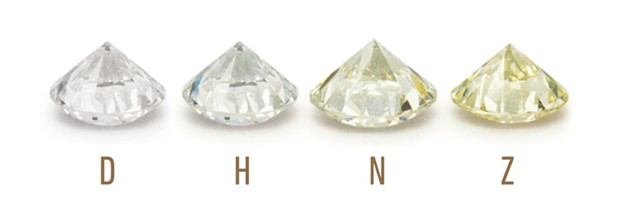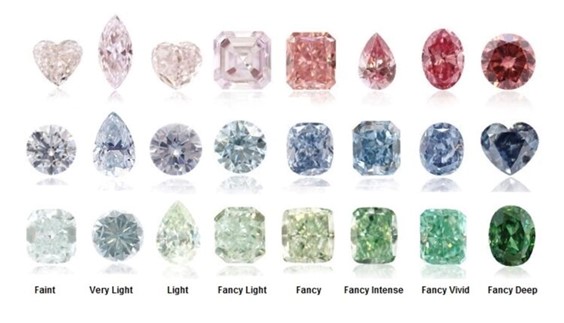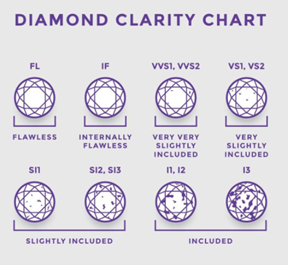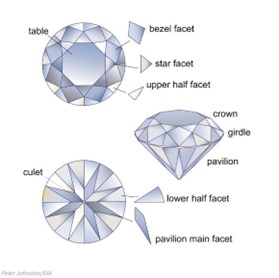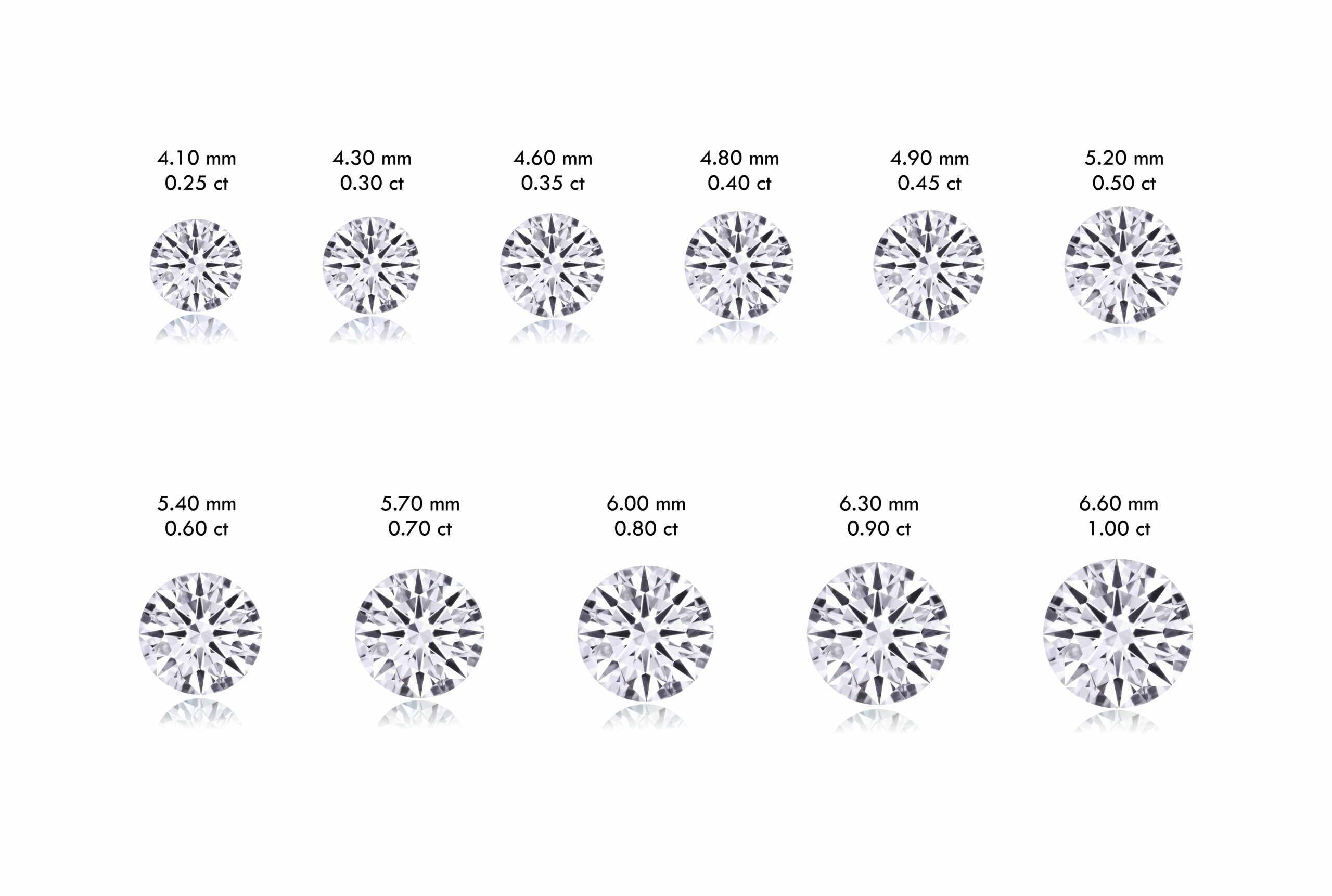Unlike the billions of years it takes to create natural Earth grown, mined diamonds, lab grown diamonds typically take less than a month to grow, often a matter of days.
The jewelry industry uses special terms for manufactured and look-alike gemstones: lab-grown (also referred to as synthetic, but the preferred term is lab-grown) and simulant. An understanding of the difference is extremely important.
Lab-grown refers to a manmade material with the same chemical composition, crystal structure, and optical and physical properties as the natural (earth-mined) gem material. Lab-grown industrial diamonds, which are used as abrasives and in cutting tools, have been manufactured since the mid-1950s. Gem-quality lab-grown diamonds have been commercially produced in limited quantities since the mid-1990s.
Today, lab-grown diamonds are readily produced in large quantities. This emphasizes the rarity of natural, earth-mined diamonds which, in turn, explains their increase in value over
time. But, because lab-grown diamonds can be constantly produced, they have no value. If you purchase a lab-grown diamond today, tomorrow you cannot sell it back – no jeweler will buy it. However, if you do the same with natural diamond, a jeweler will buy it back (albeit at a lower price than originally paid the day prior or soon thereafter however, if held over time, as its value increases so does its ability to sell to a jeweler or other party for higher.
Most lab-created diamonds undergo treatment following production to enhance their color which is not widely known. Reports are now available for lab-grown diamonds and they
should indicate if the stone has undergone treatment.
Diamonds formed deep below the surface of the earth are a rarity. Some people mistakenly think that diamonds are not rare but, like most everything produced in nature, they are finite. Another mistaken idea is that a man-made diamond is kinder to the earth than mining a diamond. This is just not true, as the amount of resources required to replicate the creation of diamond in the lab setting is significant.
Materials that simply look like diamond are called simulants or imitations. The materials can be either natural or manmade. Gemological testing can determine if the material is diamond or an imitation, as well as the identity of the non-diamond material. Gemological equipment is also used to separate natural diamond from lab-grown.
A number of materials have been used as diamond simulants. Some of the classics are glass, zircon, and colorless lab-grown spinel. YAG (yttrium aluminum garnet) and GGG (gadolinium gallium garnet) were developed in the late 1960s, although these are not in use today as diamond simulants. However, in the case of estate jewelry, they may be identified.
Today simulants have been almost entirely replaced by CZ— synthetic cubic zirconia. It has “synthetic” in its name because cubic zirconia actually exists in nature, but in crystals too small for use in jewelry.
Synthetic moissanite was introduced in the late 1990s as a diamond simulant. It was so successful that today it’s sold mostly as a gem in its own right. Because of the rarity and the energy that natural Earth grown diamonds possess, we do not support lab grown diamonds. They do not possess the powerful energy that comes from being created in the womb of Mother Earth for billions of years. There is just literally no comparison. When you become sensitive to these subtle but powerful energies, and begin to work with them to enhance your life, you will never again be tempted to purchase a substitute.

